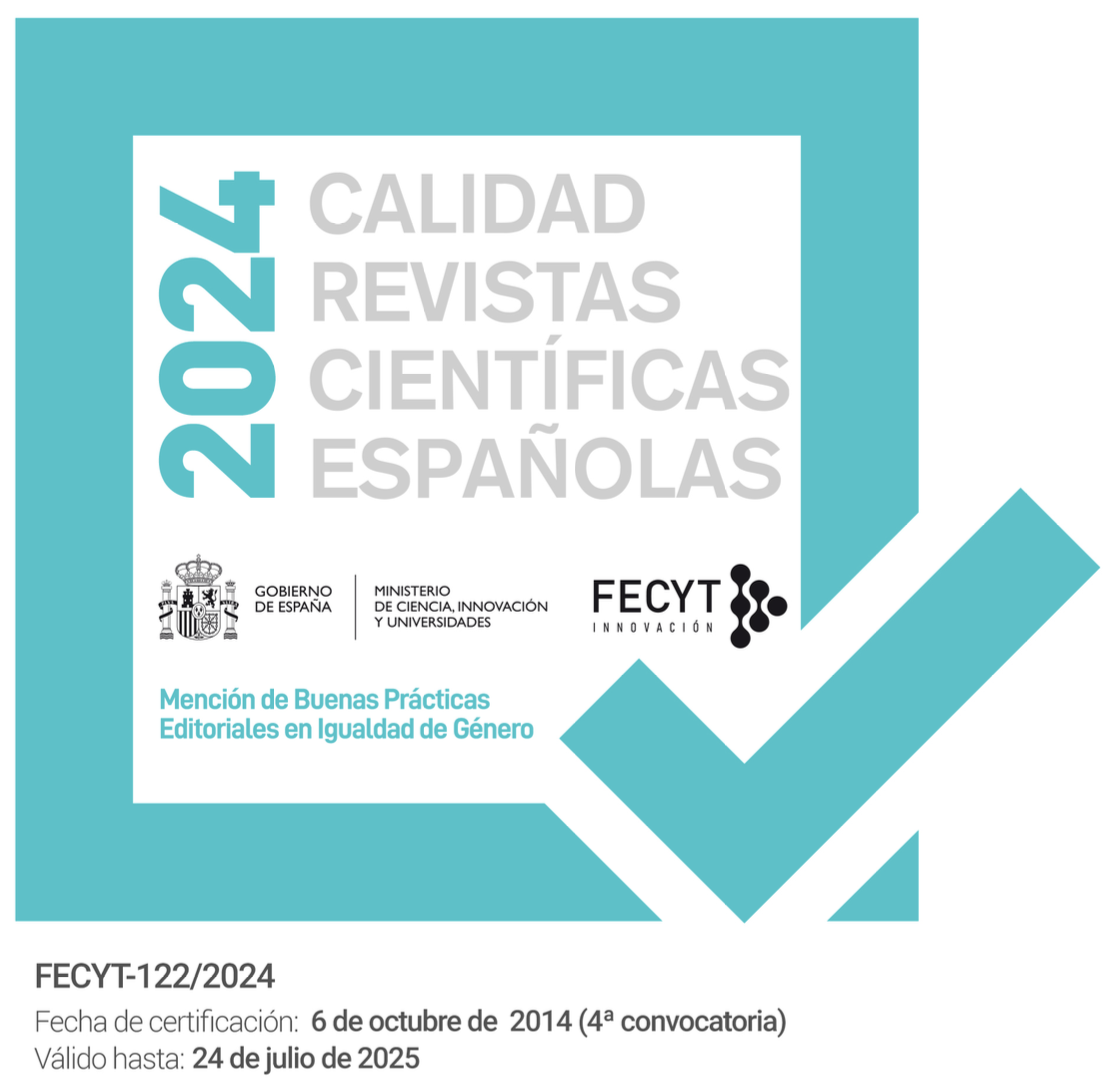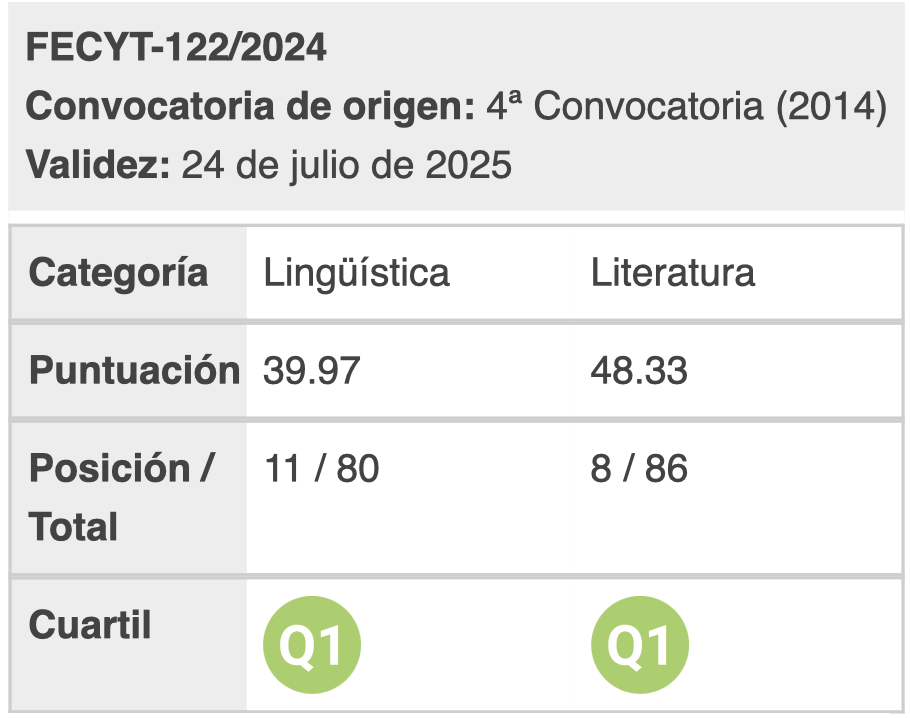The Estrangement Effect in Three Holocaust Narratives: Defamiliarising Victims, Perpetrators and the Fairy-Tale Genre
DOI:
https://doi.org/10.28914/Atlantis-2020-42.1.03Abstract
Holocaust literature has often been described as producing disruption and estrangement. As the Holocaust challenges traditional forms of expression, writers have used alternative techniques, sometimes blurring genres and registers. This is the case with Holocaust narratives that rewrite fairy tales or use fairy-tale motifs and structures: they produce an estrangement effect in that their intertexts are defamiliarised as a strategy for opening up the possibilities of representation. This article focuses on three works of this kind, by authors Lisa Goldstein, Louise Murphy and Rachel Seiffert. Specifically, it considers how they constitute an alternative to the sanctioned metanarrative of the Holocaust, which is victim centred and facilitates the reader’s empathy. Indeed, the works discussed here complicate the categories of victim and perpetrator, thus problematising our engagement with the characters in a way that furthers the abovementioned estrangement effect. Attention is paid to the role played by secrecy in each narrative, as I contend that it is the secret and its effects in the diegesis that keep the characters at a distance, “estranged” from the reader. This distance precludes easy identification and invites critical discussion on the limitations of familiar categories and binaries, such as the victim/victimiser opposition and the public/secret dichotomy.
Downloads
Metrics
References
Abraham, Nicolas and Maria Torok. 1994. The Shell and the Kernel: Renewals of Psychoanalysis. Vol 1. Edited and translated by Nicholas T. Rand. Chicago, IL: U of Chicago P.
Adams, Jenni and Sue Vice, eds. 2013. Representing Perpetrators in Holocaust Literature and Film. London: Vallentine Mitchell.
Agamben, Giorgio. 2004. “An Interview with Giorgio Agamben.” By Ulrich Raulff. German Law Journal 5 (5): 609-14.
Alexander, Jeffrey C. 2004. “On the Social Construction of Moral Universals: The ‘Holocaust’ from War Crime to Trauma Drama.” In Alexander et al. 2004, 196-263.
Alexander, Jeffrey C. et al., eds. 2004. Cultural Trauma and Collective Identity. Berkeley: U of California P.
Baackmann, Suzanne. 2016. “Between Victim and Perpetrator Imaginary: The Implicated Subject in Works by Rachel Seiffert and Cate Shortland.” Transit 10 (2): 1-12.
—. 2017. “Lore, or the Implicated Witness: Rachel Seiffert’s Postmemory Work.” In Martínez-Alfaro and Pellicer-Ortín 2017, 165-86.
Bar-On, Dan. 1989. Legacy of Silence: Encounters with Children of the Third Reich. Cambridge, MA: Harvard UP.
Berberich, Christine. 2019. “Introduction: The Holocaust in Contemporary Culture.” Holocaust Studies 25 (1-2): 1-11.
Bobby, Susan Redington, ed. 2009. Fairy Tales Reimagined: Essays on New Retellings. Jefferson, NC: McFarland.
Brecht, Bertolt. 1964. “Alienation Effects in Chinese Acting.” In Willett 1964, 91-93.
Codde, Philippe. 2009. “Transmitted Holocaust Trauma: A Matter of Myth and Fairy Tales?” European Judaism 42 (1): 62-75.
Cronshaw, Richard. 2011. “Perpetrator Fiction and Transcultural Memory.” Parallax 17 (4): 75-89.
Daase, Christopher et al., eds. 2016. Apology and Reconciliation in International Relations: The Importance of Being Sorry. London and New York: Routledge.
Datlow, Ellen and Terri Windling, eds. 1993. Snow White, Blood Red. New York: Harper Collins.
Davis, Todd F. and Kenneth Gomack, eds. 2001. Mapping the Ethical Turn: A Reader in Ethics, Culture, and Literary Technique. Charlottesville: UP of Virginia.
Derrida, Jacques. (1968) 1972. La dissémination. Paris: Seuil.
Eaglestone, Robert. 2017. The Broken Voice: Reading Post-Holocaust Literature. Oxford: Oxford UP.
Engert, Stefan. 2016. “Germany-Israel: A Prototypical Political Apology and Reconciliation Process.” In Daase et al. 2016, 29-50.
Figes, Eva. 2003. Tales of Innocence and Experience: An Exploration. London: Bloomsbury.
Frängsmyr, Tore and Irwin Abrams, eds. 1997. Nobel Lectures: Peace 1981-1990. Singapore: World Scientific.
Ganteau, Jean Michel and Susana Onega. 2014. “Introduction. Performing the Void: Liminality and the Ethics of Form in Contemporary Trauma Narratives.” In Onega and Ganteau 2014, 1-20.
Goldstein, Lisa. 1993. “Breadcrumbs and Stones.” In Datlow and Windling 1993, 389-406.
Granville, Eliza. 2014. Gretel and the Dark. London: Hamish Hamilton.
Hammond, Meghan Marie and Sue J. Kim, eds. 2014. Rethinking Empathy through Literature. London and New York: Routledge.
Hartman, Geoffrey. 2002. The Longest Shadow: In the Aftermath of the Holocaust. Basingstoke and New York: Palgrave Macmillan.
Herrero, Dolores and Sonia Baelo-Allué, eds. 2011. Between the Urge to Know and the Need to Deny: Trauma and Ethics in Contemporary British and American Literature. Heidelberg: Universitätsverlag Winter.
Horowitz, Sara R. 1997. Voicing the Void: Muteness and Memory in Holocaust Fiction. Albany: SUNY P.
Horstkotte, Silke. 2007. “Transgenerational Mediations of Identity in Rachel Seiffert’s The Dark Room and Marcel Beyer’s Spies.” In Horstkotte and Peeren 2007, 149-60.
Horstkotte, Silke and Esther Peeren, eds. 2007. The Shock of the Other: Situating Alterities. Amsterdam and New York: Rodopi.
Hunter, Anna Clare. 2013. “Tales from Over There: The Uses and Meanings of Fairy-Tale in Contemporary Holocaust Narrative.” Modernism/modernity 20 (1): 59-75.
—. 2019. ‘“To tell the story’: Cultural Trauma and Holocaust Metanarrative.” Holocaust Studies 25 (1-2): 12-27.
Kelly, Erin. 2017. “The Nazis’ Lebensborn Program and the Quest to Breed a Master Race.” All That’s Interesting, November 22. [Accessed online on February 15, 2019].
Kerman, Judith B. and John Edgar Browning, eds. 2015. The Fantastic in Holocaust Literature and Film: Critical Perspectives. Jefferson, NC: McFarland.
Kettler, David and Gerhard Lauer, eds. 2005. Exile, Science and Bildung: The Contested Legacies of German Émigré Intellectuals. Basingstoke and New York: Palgrave Macmillan.
Landwehr, Margaret. 2009. “The Fairy Tale as Allegory for the Holocaust: Representing the Unrepresentable in Yolen’s Briar Rose and Murphy’s Hansel and Gretel.” In Bobby 2009, 153-67.
Lang, Berel. 2000. Holocaust Representation: Art within the Limits of History and Ethics. Baltimore, MD: Johns Hopkins UP.
Leake, Eric. 2014. “Humanizing the Inhumane: The Value of Difficult Empathy.” In Hammond and Kim 2014, 175-85.
Levi, Primo. 1989. The Drowned and the Saved. Translated by Raymond Rosenthal. New York: Vintage.
Lyotard, Jean-François. 1988. The Differend: Phrases in Dispute. Translated by Georges Van Den Abbeele. Minneapolis: U of Minnesota P.
Martínez-Alfaro, María Jesús. 2016. “Rewriting the Fairy Tale in Lisa Goldstein’s and Louise Murphy’s Holocaust Narratives.” European Journal of English Studies 20 (1): 64-82.
Martínez-Alfaro, María Jesús and Silvia Pellicer-Ortín, eds. 2017. Memory Frictions in Contemporary Literature. London: Palgrave Macmillan.
Meyer, Marissa. 2018. Introduction to How to Fracture a Fairy Tale, by Jane Yolen, 1-3. San Francisco, CA: Tachyon.
Morag, Raya. 2013. Waltzing with Bashir: Perpetrator Trauma and Cinema. London: I. B. Tauris.
—. 2018. “On the Definition of the Perpetrator: From the Twentieth to the Twenty-First Century.” Journal of Perpetrator Research 2 (1): 13-19.
Morrison, Toni. 1987. Beloved. London: Chatto & Windus.
Murphy, Louise. 2003. The True Story of Hansel and Gretel: A Novel of War and Survival. London: Penguin.
Onega, Susana and Jean Michel Ganteau, eds. 2014. Contemporary Trauma Narratives: Liminality and the Ethics of Form. London and New York: Routledge.
Pellicer-Ortín, Silvia. 2011. “‘To Know, but not to Know’: Myth and the Working through of Trauma in Eva Figes’s Tales of Innocence and Experience.” In Herrero and Baelo-Allué 2011, 221-36.
Phelan, James. 2001. “Sethe’s Choice: Beloved and the Ethics of Reading.” In Davis and Gomack 2001, 93-109.
Plate, Liedeke and Anneke Smelik. 2013. Performing Memory in Art and Popular Culture. London and New York: Routledge.
Rosenthal, Gabriele. 1998a. “Similarities and Differences in Family Dialog.” In Rosenthal 1998b, 8-13.
—, ed. 1998b. The Holocaust in Three Generations: Families of Victims and Perpetrators of the Nazi Regime. London: Cassell.
Rothberg, Michael. 2013. “Multidirectional Memory and the Implicated Subject.” In Plate and Smelik 2013, 39-58.
—. 2014. “Trauma Theory, Implicated Subjects, and the Question of Israel/Palestine.” Profession, May 2. [Accessed online on March 15, 2019].
—. 2019. The Implicated Subject: Beyond Victims and Perpetrators. Stanford, CA: Stanford UP.
Rushford, Peter. (1979) 2006. Kindergarten. London: Hamish Hamilton.
Sanyal, Debarati. 2015. Memory and Complicity: Migrations of Holocaust Remembrance. New York: Fordham UP.
Saxena, Vandana. 2015. “Mother Goose Tales: Intergenerational Storytelling and the Holocaust in Jane Yolen’s Briar Rose and Peter Rushford’s Kindergarten.” In Kerman and Browning 2015, 122-36.
Seiffert, Rachel. (2001) 2002. The Dark Room. London: Vintage.
Seltzer, Mark. 1997. “Wound Culture: Trauma in the Pathological Public Sphere.” October 80: 3-26.
Semprún, Jorge. 1997. Literature or Life. Translated by Linda Coverdale. New York: Viking.
Shklovsky, Viktor. (1919) 2015. “Art, as Device.” Translated and introduced by Alexandra Berlina. Poetics Today 36 (3): 151-74.
Söllner, Alfons. 2005. “‘Political Culturalism?’: Adorno’s ‘Entrance’ in the Cultural Concert of West-German Postwar History.” In Kettler and Lauer 2005, 185-200.
Taberner, Stuart and Karina Berger. 2009a. “Introduction.” In Taberner and Berger 2009b, 1-14.
—, eds. 2009b. Germans as Victims in the Literary Fiction of the Berlin Republic. Rochester, NY: Camden House.
Wall, Harry D. 2019. “Ignorance about the Holocaust is Growing.” CNN, January 27. [Accessed online on April 10, 2019].
Wiesel, Elie. 1997. “Hope, Despair and Memory: Nobel Lecture, December 11, 1986.” In Frängsmyr and Abrams 1997, 174-79.
Willett, John, ed. 1964. Brecht on Theatre: The Development of an Aesthetic. New York: Hill and Wang.
Yolen, Jane. 1992. Briar Rose: A Novel of the Holocaust. New York: Tor.
—. 1993. “Granny Rumple.” In Datlow and Windling 1993, 203-16.
—. 2018. Mapping the Bones. New York: Philomel.
Zeitlin, Froma I. 2006. “Imaginary Tales in the Land of the Perpetrators.” Journal of Modern Jewish Studies 5 (2): 213-28.
Downloads
Published
How to Cite
Issue
Section
Funding data
-
Ministerio de Economía, Industria y Competitividad, Gobierno de España
Grant numbers FFI2017-84258-P -
European Regional Development Fund
Grant numbers FFI2017-84258-P -
Gobierno de Aragón
Grant numbers H03_17R








